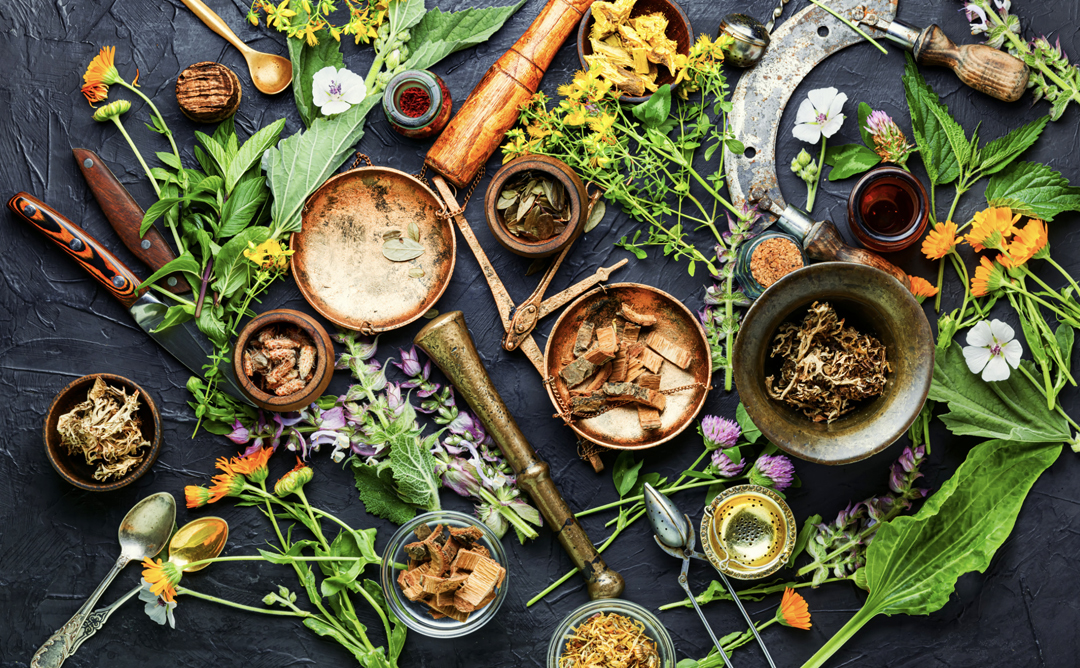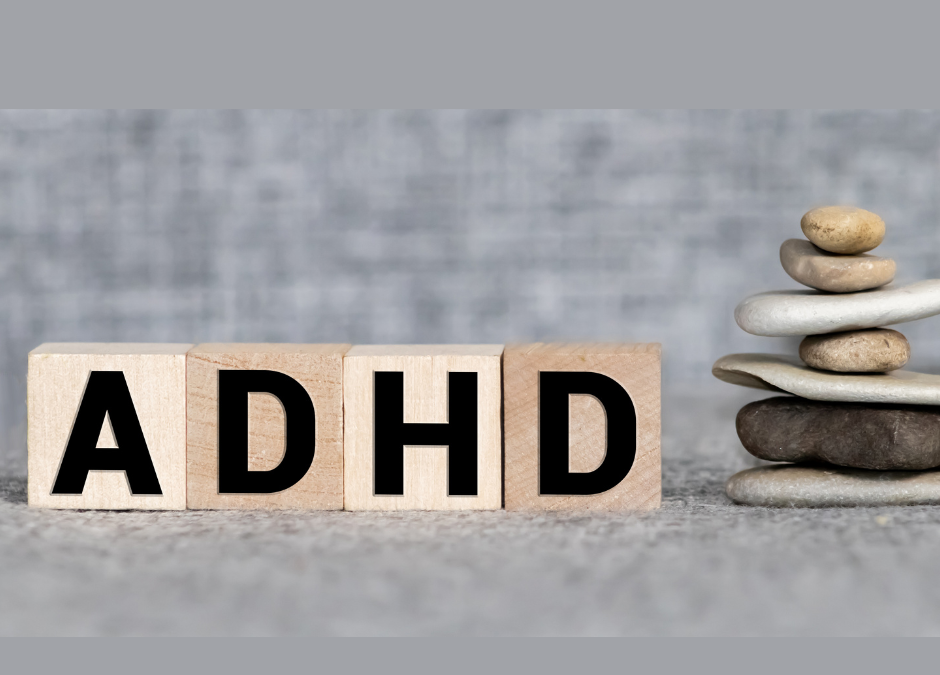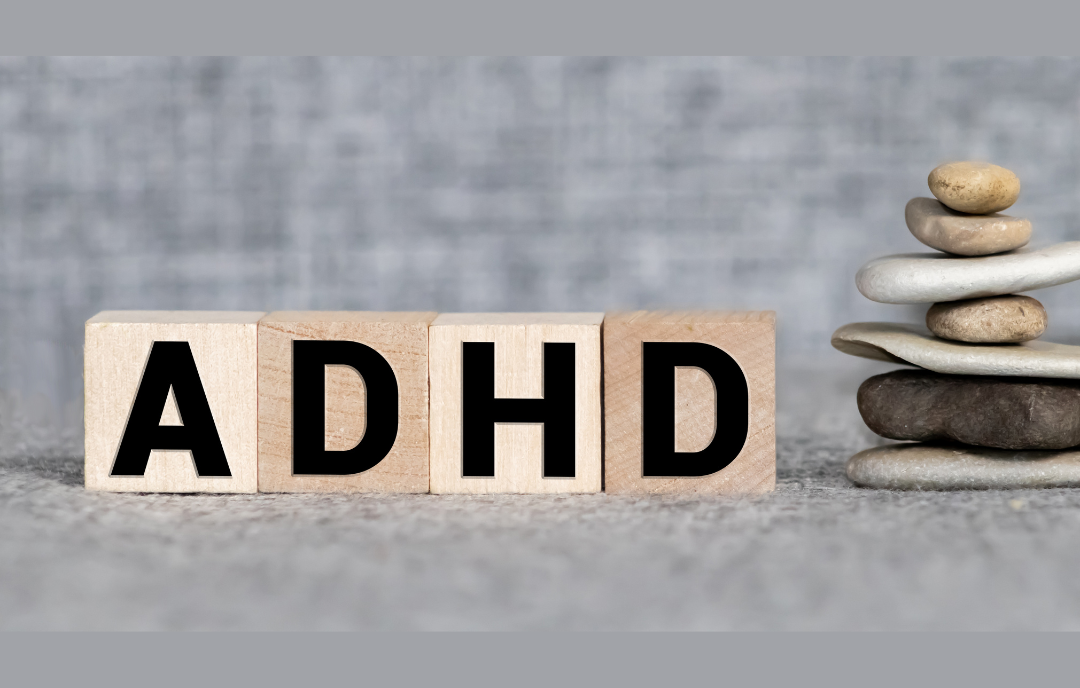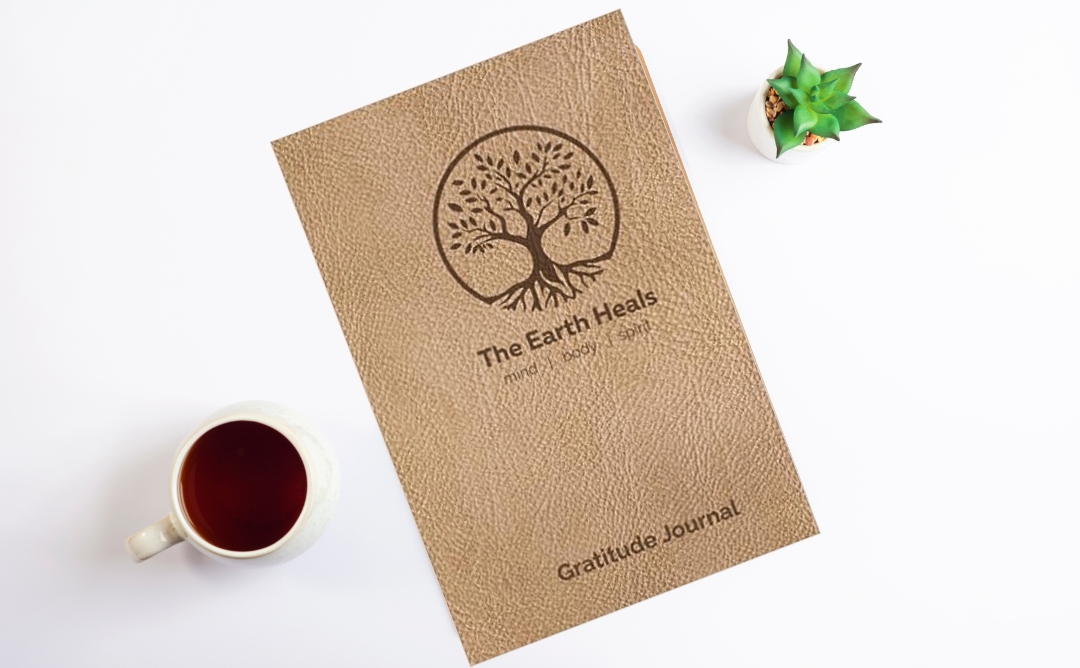Start Your Journaling Routine – A Step By Step Guide
I created this journal as a personal project to begin my journaling journey. After searching, I couldn’t find one that included everything I wanted. I needed a journal to start by feeling gratitude. This journal starts by asking to list 3 things you are grateful for. I find that no matter what mood I am in, feeling gratitude can instantly switch my mindset. I also wanted a place that to keep track of my water intake, my steps, my protein intake, fiber and my sleep. I also wanted a space to list my personal mantra each day. I have learned it is important to enrich your mind, body, and spirit on a daily basis. I also wanted a blank page for basic journaling. Some days, I journal about how I feel, Some days I journal about what I did, Some days I journal about ideas. It is just a space to freely write. Starting a journaling routine can be a wonderful way to enhance self-reflection, boost mindfulness, and track personal growth. Here’s a step-by-step guide to help you establish a successful journaling practice.
How to Start Your Journaling Routine
Set Clear Intentions:
Begin by clarifying why you want to start journaling. Whether it’s for self-discovery, stress relief, creativity, or personal growth, having a clear intention will give your journaling practice a purpose. It is important to be clear on your intention. For me, it is about mental well being and physical well being. I am trying to shift my focus to my health. After years of focusing on my Mom’s wellbeing, it has taken a toll on my personal wellbeing.
Choose Your Journaling Format:
Decide whether you want to journal digitally (using apps or word processing software) or with pen and paper. Choose the format that feels most comfortable and accessible to you. For me, I’m old fashioned. I need to write down my thoughts.
Select a Journaling Time:
Determine the best time for your journaling practice. It could be in the morning to set intentions for the day or in the evening to reflect on your experiences. Consistency is key, so choose a time you can commit to daily or several times a week. I choose the early morning. I have found that if I don’t steal this time, I won’t do it that day.
Create a Relaxing Environment:
Choose a quiet and comfortable space where you can focus without distractions. Creating a calming atmosphere can help you get into the journaling mindset. I choose outside (until the weather shifts) I take my coffee or matcha with me and just focus on the temperature, the taste and the sight of the drink. By noticing these things, you instantly feel happy, calm and grateful. The absolute perfect way to start the day. If your mornings are crazy, by getting up just a half our earlier will change your life.
Start Simple:
If you’re new to journaling, don’t feel pressured to write long essays. Start with a simple routine, such as writing a few sentences or bullet points about your thoughts, feelings, or experiences. My journaling started with more of a diary type format. It then shifted into an emotional dump of feelings, thoughts and goals.
Use Prompts or Themes:
Sometimes it’s helpful to have a prompt or theme to guide your journaling. This could be a question you want to explore, a goal you’re working towards, or a particular emotion you’re experiencing. For me, it has been this website. The Earth Heals. This year has been about moving to a natural and healthy way of life. Finally I am at a point where I can share with our community.
Let Go of Perfection:
Remember that journaling is a personal practice, and there’s no right or wrong way to do it. Don’t worry about grammar, spelling, or making everything sound perfect. Just focus on expressing yourself. Some days, I will write a single sentence. This is usually when I am pissed at something. 😀 But, by writing that sentence, it brings my feelings to the present moment and forces me to fix the ‘why’ I am upset.
Write Freely:
Write whatever comes to mind without overthinking. Let your thoughts flow naturally. This can help you access your subconscious and gain insights you might not be aware of otherwise. I find that this comes freely to me now that i have been journaling for a few months.
Practice Gratitude:
Consider incorporating gratitude into your journaling routine. Write down a few things you’re grateful for each day. This can help shift your focus towards the positive aspects of your life.
Reflect and Review:
Over time, you can look back on your journal entries to track your progress, observe patterns, and see how your thoughts and feelings have evolved. I do this all the time. When something great happens, I look back at the previous days before the event happened. It is fascinating how your thoughts directly affect your future. The key is consistency. Daily journaling is transformational. I would not have believed it if I didn’t experience this myself.
Be Consistent:
Consistency is key to building a journaling routine. Set a goal to journal for a certain amount of time each day or week and stick to it. Every.Single.Day. Even if it is only 5 minutes.
Experiment and Adapt:
Your journaling routine doesn’t have to stay the same forever. Feel free to experiment with different formats, prompts, or techniques to keep your practice fresh and engaging.
Be Patient:
Like any habit, journaling takes time to become a routine. Be patient with yourself and don’t get discouraged if you miss a day or two. Just pick up where you left off. I noticed a big differnce after a month of journaling. It takes 21 days to form a habit. Then, it becomes a welcome time.
Remember, the most important thing is to make journaling a positive and enriching experience for yourself. It’s a tool for self-discovery and personal growth, so adapt it to your needs and preferences. I think it will change your life. The journal below is one that I have published. I hope you will try it and that it will change your life too.
I hope you will Start Your Journaling Routine Today!









